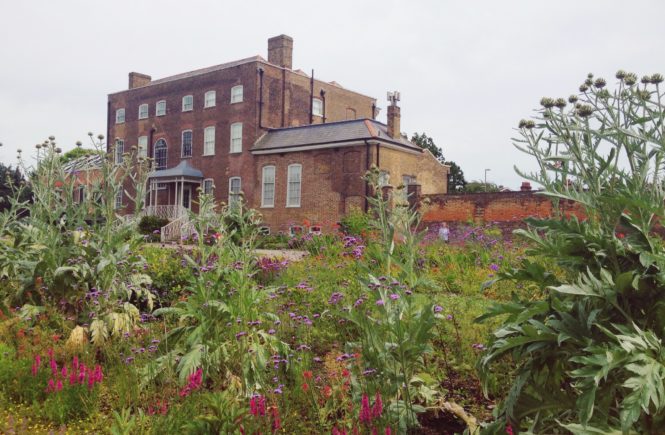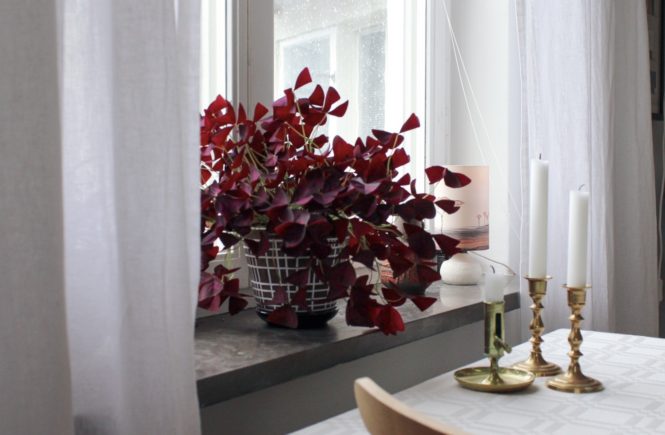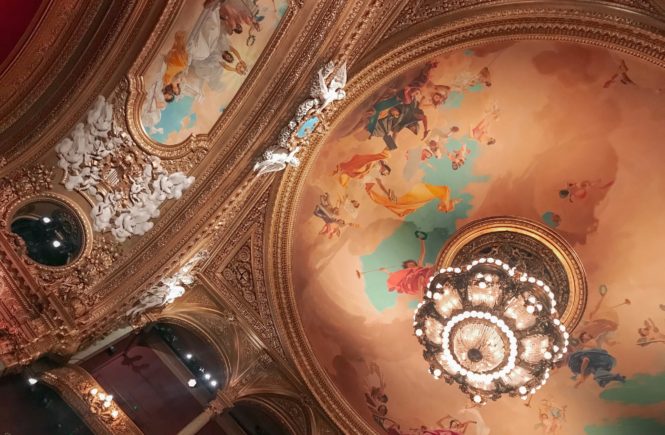“Have nothing in your house that you do not know to be useful, or believe to be beautiful.” Wisdom by designer William Morris that was as true during his lifetime and the Arts and Crafts movement as it is today.
As I’ve been getting more and more interested in the green and sustainable movement I’ve increasingly been finding similarities with what I know about the Arts and Crafts movement that took place over a century ago. And a recent visit to William Morris Gallery in Walthamstow, London had me even more convinced of history repeating itself. It was also a great day out and I truly recommend a visit to the museum and garden (as seen in photo)!
The Arts and Crafts movement began in Britain around 1880 and was born of ideals and grew out of a concern for the effects of industrialisation. The effects on design, on traditional skills, and on people. One of the most influential figures was William Morris who hated how Victorian industrialisation had led to overcrowded towns and cities, slum housing, epidemic disease and environmental pollution.
Morris thought beauty was a basic human need and wanted to bring art into everyday life. He fought for social equality and a return to craftsmanship, and against the wasting of natural resources. He wanted to improve manufacturing in Britain, place value on quality, and turn the home into a work of art.
“How can I ask working-men passing up and down these hideous streets day to day to care about beauty?”
– William Morris
Morris’ condemnation of excess and wastefulness, and his belief in social reform, education and environmental sustainability, is what I can hear and read from today’s sustainability champions. And some of the most interesting thoughts are around making conscious consumption accessible to more than just the already converted middle class.
After decades of mass production, globalisation, consumption, fast fashion, and worsening conditions for workers we are again seeing a movement for quality, minimalism and ethics. Only this time it’s called ‘slow fashion’ or ‘eco trends’ or ‘green living’ or ‘conscious consumption’. Whatever we call it, we are channeling Morris and his friends, appreciating quality over quantity. And we can only hope it’s more than just a trend.
Even though the Arts and Crafts movement spread to America and Europe, and eventually to Japan, this time we can hopefully use globalisation to our advantage. By learning from others, finding useful information and tips online, sharing values across continents, and encouraging others to make conscious choices. With Morris’ mantra of picking things that are truly beautiful or necessary in the back of our minds, at all times.




